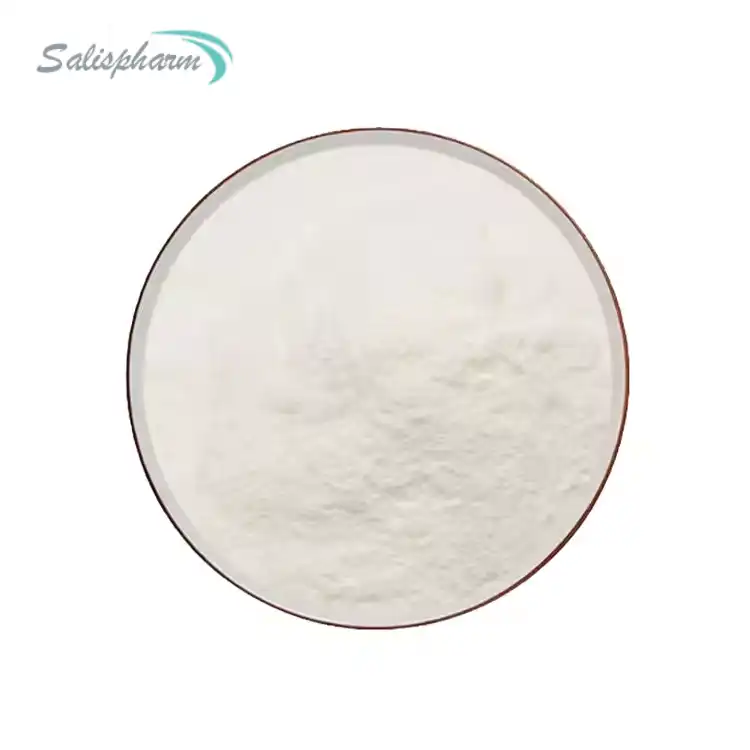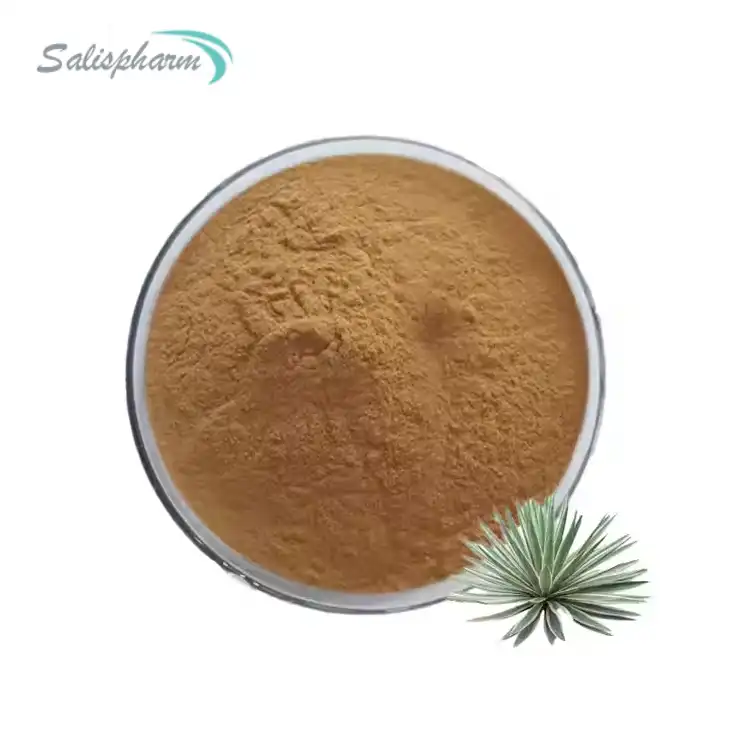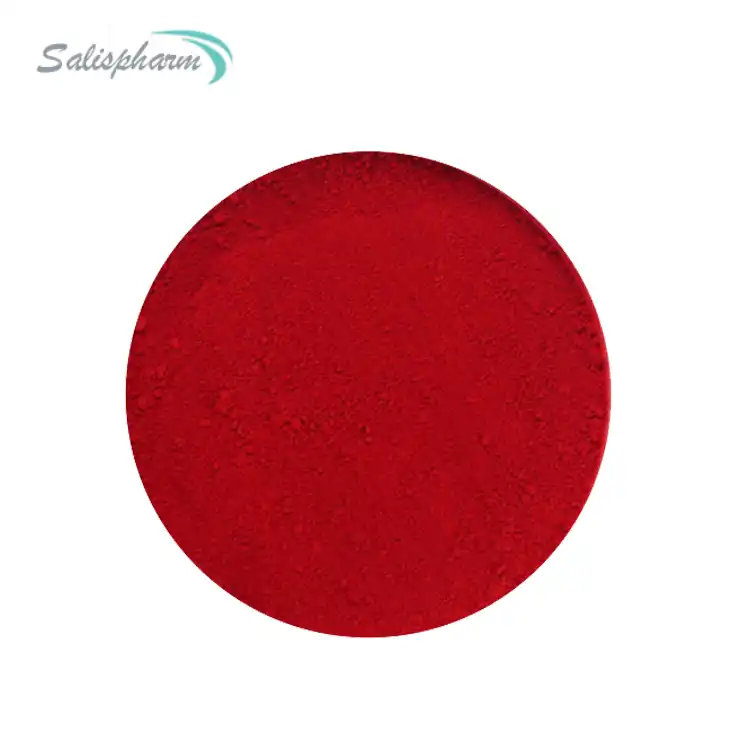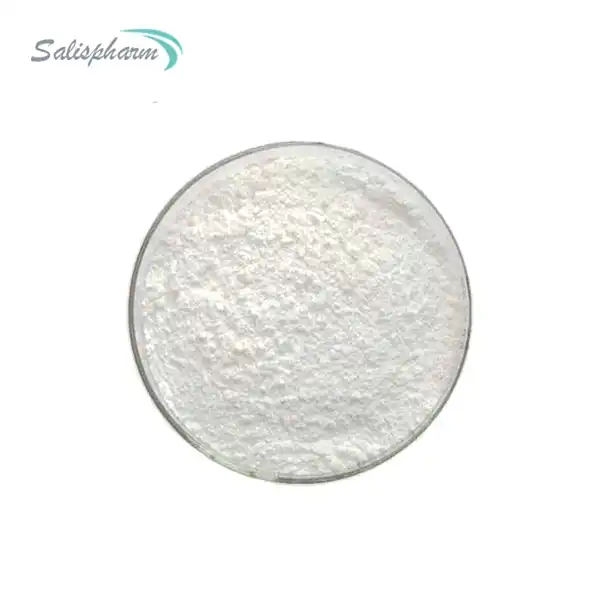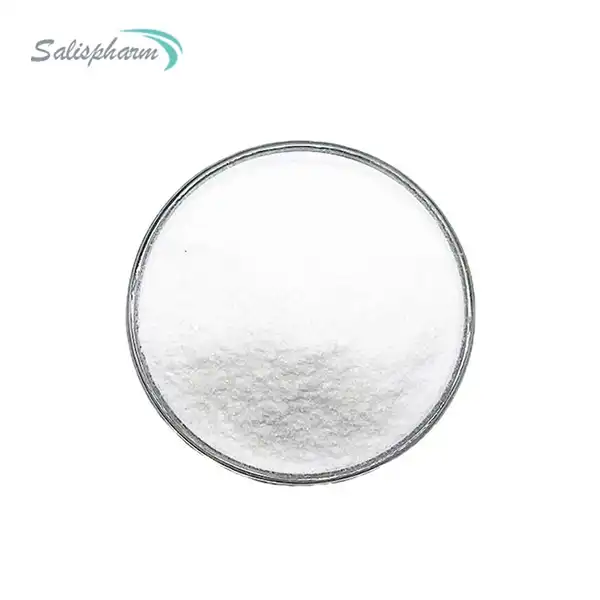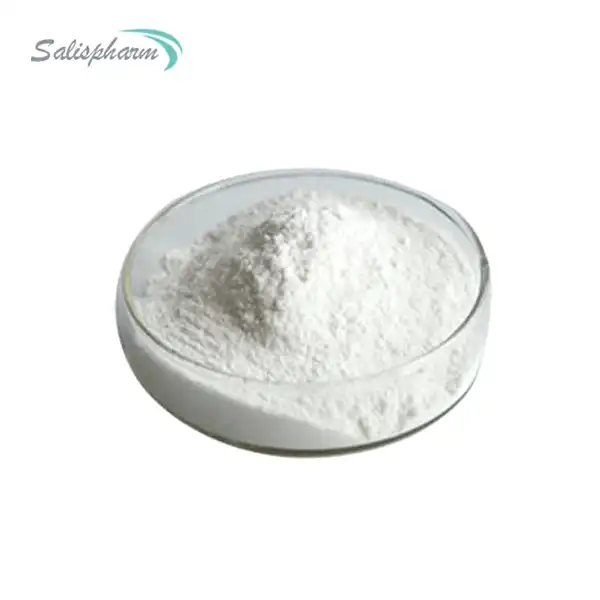Lidocaine powder is a versatile compound that has found widespread applications in various fields, primarily in the medical and pharmaceutical industries. This local anesthetic agent, derived from the amino amide family, is known for its ability to temporarily block the transmission of pain signals along the nerves. In this blog post, we will delve into the diverse uses of lidocaine powder, exploring its properties and the reasons behind its popularity.
What Is Lidocaine Powder Used for in Medical Procedures?
Lidocaine powder has become an indispensable component in numerous medical procedures due to its exceptional numbing properties. It is commonly used as a topical anesthetic, applied directly to the skin or mucous membranes, to numb the area before minor surgical interventions, injections, or other invasive procedures. Physicians and healthcare professionals rely on lidocaine powder to minimize discomfort and pain for their patients during various treatments.
Additionally, lidocaine powder finds application in dental procedures. Dentists often employ it as a local anesthetic to numb specific areas of the mouth, gums, or teeth before performing procedures such as root canals, dental extractions, or fillings. This numbing effect helps alleviate pain and anxiety, ensuring a more comfortable experience for the patient.
The use of lidocaine powder in medical procedures extends beyond its topical application. It can also be administered through injection or infusion, depending on the specific procedure and the area requiring anesthesia. Lidocaine injections are commonly used for nerve blocks, epidural anesthesia, and spinal anesthesia, where the anesthetic agent needs to be delivered directly to the targeted nerves or spinal cord.
Moreover, lidocaine powder is an essential component in the preparation of various anesthetic solutions used during surgical procedures. These solutions are carefully formulated and administered to provide regional or local anesthesia, allowing surgeons to perform intricate operations while minimizing pain and discomfort for the patient.
How Is Lidocaine Powder Used in Pharmaceuticals?
The pharmaceutical industry has embraced lidocaine powder as a crucial component in the formulation of various over-the-counter (OTC) and prescription medications. One of the most common applications is in topical anesthetic creams, ointments, and gels. These products are designed to provide temporary relief from minor skin irritations, such as sunburns, insect bites, or minor cuts and scrapes.
Furthermore, lidocaine powder is used in the production of anesthetic sprays and solutions for the treatment of sore throats, mouth ulcers, and other oral or nasal discomforts. These formulations can numb the affected areas, providing relief from pain and discomfort.
In addition to topical formulations, lidocaine powder is also incorporated into various oral and injectable pharmaceutical products. For instance, it is a key ingredient in certain antiarrhythmic medications used to treat irregular heartbeats or other cardiovascular conditions. Lidocaine's ability to block sodium channels in the heart muscle can help stabilize and regulate the heart's electrical activity.
What Are the Non-Medical Uses of Lidocaine Powder?
While lidocaine powder is primarily known for its medical and pharmaceutical applications, it has also found its way into other industries. In the cosmetic industry, lidocaine powder is sometimes incorporated into numbing creams or gels used for various procedures, such as laser hair removal, tattoo applications, or microblading. These products help minimize discomfort and pain during these treatments.
Additionally, lidocaine powder has been explored for use in personal care products, such as numbing lubricants or intimate hygiene products. However, it is crucial to exercise caution and consult with healthcare professionals before using lidocaine powder for non-medical purposes, as improper use or dosage can lead to adverse effects.
Lidocaine powder has also found applications in the veterinary field. Veterinarians may use lidocaine-based products to provide local anesthesia for various procedures on animals, such as minor surgeries, wound treatments, or dental work. The numbing effect helps minimize pain and distress for the animal during these interventions.
Moreover, lidocaine powder has been studied for its potential use in agriculture and horticulture. Researchers have investigated the use of lidocaine-based formulations as insecticides or repellents, as well as for their potential to enhance plant growth and resistance to stress factors.

Safety Considerations and Precautions
While lidocaine powder offers numerous benefits, it is essential to understand and follow proper safety guidelines and precautions when using it. Lidocaine is a potent anesthetic agent, and improper use or overdose can lead to adverse effects, including cardiovascular and central nervous system toxicity.
When used in medical settings, lidocaine powder should only be administered by trained healthcare professionals who can assess the appropriate dosage and monitor for any potential side effects or complications. Patients should always inform their healthcare providers about any existing medical conditions, allergies, or medications they are taking to ensure safe and effective use of lidocaine powder.
It is crucial to store lidocaine powder in a secure and appropriate manner, following the manufacturer's instructions and adhering to relevant regulations and guidelines. Proper handling, storage, and disposal protocols should be strictly followed to minimize the risk of accidental exposure or misuse.
In conclusion, lidocaine powder's versatility and numbing properties have made it an invaluable compound across various domains. From medical procedures and pharmaceutical formulations to cosmetic treatments and personal care products, this local anesthetic agent continues to play a significant role in alleviating discomfort and enhancing patient experiences. However, it is essential to use lidocaine powder under proper medical supervision and guidance to ensure its safe and effective application, while adhering to appropriate safety measures and precautions.
If you are also interested in this product and want to know more product details, or want to know about other related products, please feel free to contact iceyqiang@gmail.com.
References:
1. Becker, D. E., & Reed, K. L. (2012). Local anesthetics: review of pharmacological considerations. Anesthesia Progress, 59(2), 90-102.
2. Catterall, W. A., & Mackie, K. (2011). Local anesthetics. In Goodman & Gilman's The Pharmacological Basis of Therapeutics (pp. 565-582). McGraw-Hill.
3. Covino, B. G., & Wildsmith, J. A. W. (1998). Clinical pharmacology of local anesthetic agents. In Neural Blockade in Clinical Anesthesia and Management of Pain (pp. 97-128). Lippincott-Raven.
4. Evers, H. (2017). Lidocaine. In Encyclopedia of Molecular Pharmacology (pp. 1248-1253). Springer, Berlin, Heidelberg.
5. Gálvez, R., Navez, M. L., Belhaj, A., & Delgado-Charro, M. B. (2020). Lidocaine: An update on physicochemical properties and topical formulations. Pharmaceutics, 12(9), 839.
6. Katzung, B. G., & Trevor, A. J. (2015). Basic & Clinical Pharmacology. McGraw-Hill Education.
7. Malamed, S. F. (2014). Handbook of local anesthesia. Elsevier Health Sciences.
8. Moffat, A. C., Osselton, M. D., Widdop, B., & Galichet, L. Y. (2011). Clarke's Analysis of Drugs and Poisons. Pharmaceutical Press.
9. Sawyer, J., Haske, N. S., Dharmadhikari, S. B., & Boyd, N. A. (2015). Topical multi-ingredient lidocaine formulations for improved cosmesis, tolerability, and safety. Therapeutic Delivery, 6(2), 227-242.
10. Weinberg, L. (2012). Pharmacokinetics of local anesthetics. In Clinical Pharmacology of Local Anesthetics (pp. 25-41). Springer, Berlin, Heidelberg.

